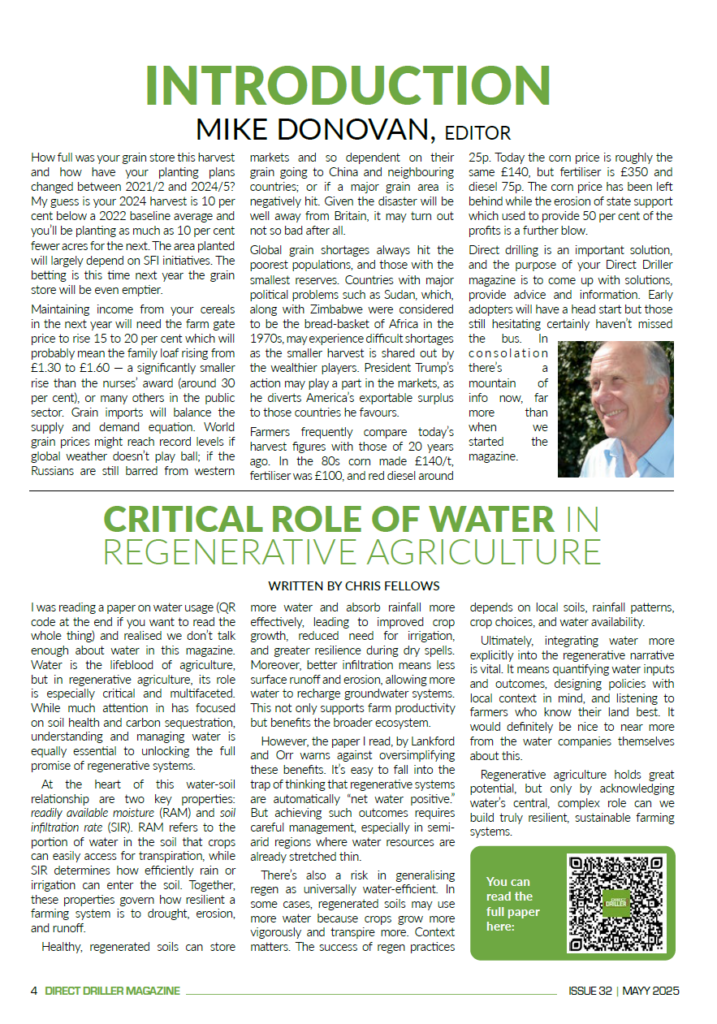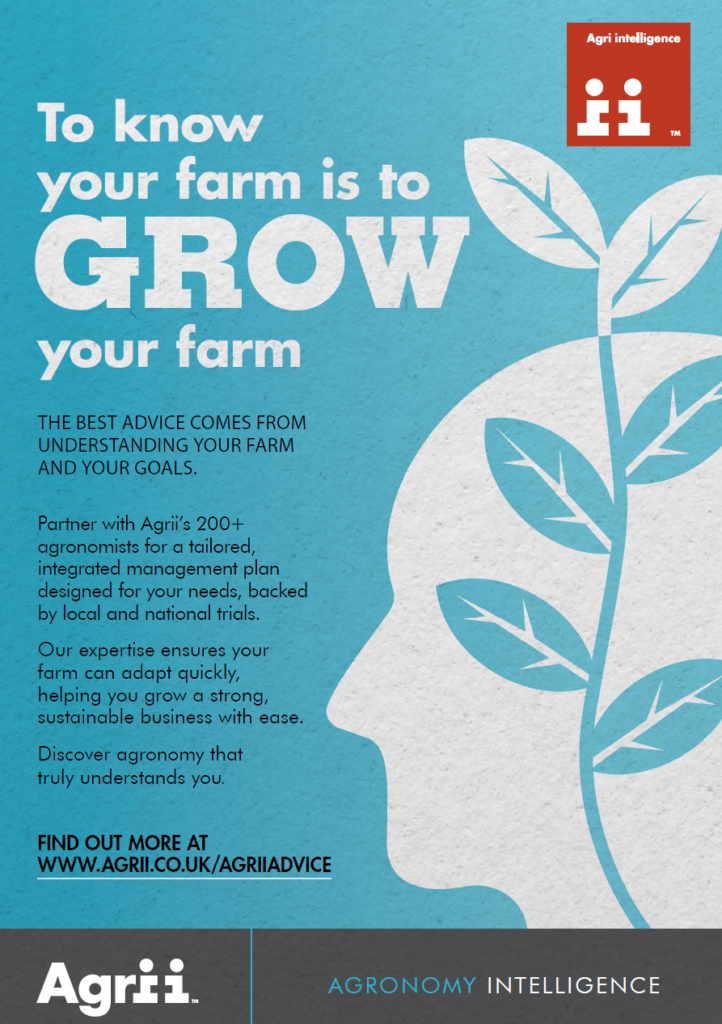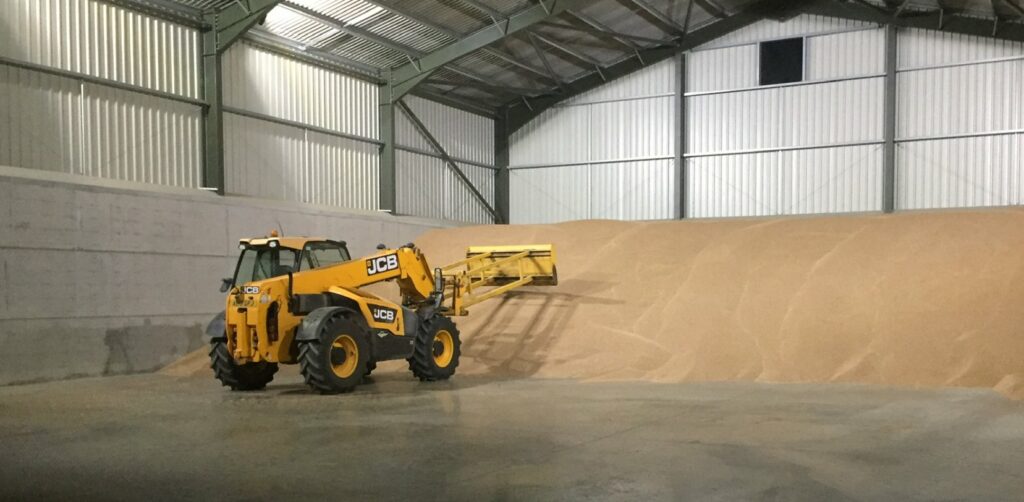How full was your grain store this harvest and how have your planting plans changed between 2021/2 and 2024/5? My guess is your 2024 harvest is 10 per cent below a 2022 baseline average and you’ll be planting as much as 10 per cent fewer acres for the next. The area planted will largely depend on SFI initiatives. The betting is this time next year the grain store will be even emptier.
Maintaining income from your cereals in the next year will need the farm gate price to rise 15 to 20 per cent which will probably mean the family loaf rising from £1.30 to £1.60 — a significantly smaller rise than the nurses’ award (around 30 per cent), or many others in the public sector. Grain imports will balance the supply and demand equation. World grain prices might reach record levels if global weather doesn’t play ball; if the Russians are still barred from western markets and so dependent on their grain going to China and neighbouring countries; or if a major grain area is negatively hit. Given the disaster will be well away from Britain, it may turn out not so bad after all.
Global grain shortages always hit the poorest populations, and those with the smallest reserves. Countries with major political problems such as Sudan, which, along with Zimbabwe were considered to be the bread-basket of Africa in the 1970s, may experience difficult shortages as the smaller harvest is shared out by the wealthier players. President Trump’s action may play a part in the markets, as he diverts America’s exportable surplus to those countries he favours.
Farmers frequently compare today’s harvest figures with those of 20 years ago. In the 80s corn made £140/t, fertiliser was £100, and red diesel around 25p. Today the corn price is roughly the same £140, but fertiliser is £350 and diesel 75p. The corn price has been left behind while the erosion of state support which used to provide 50 per cent of the profits is a further blow.
Direct drilling is an important solution, and the purpose of your Direct Driller magazine is to come up with solutions, provide advice and information. Early adopters will have a head start but those still hesitating certainly haven’t missed the bus. In consolation there’s a mountain of info now, far more than when we started the magazine.


